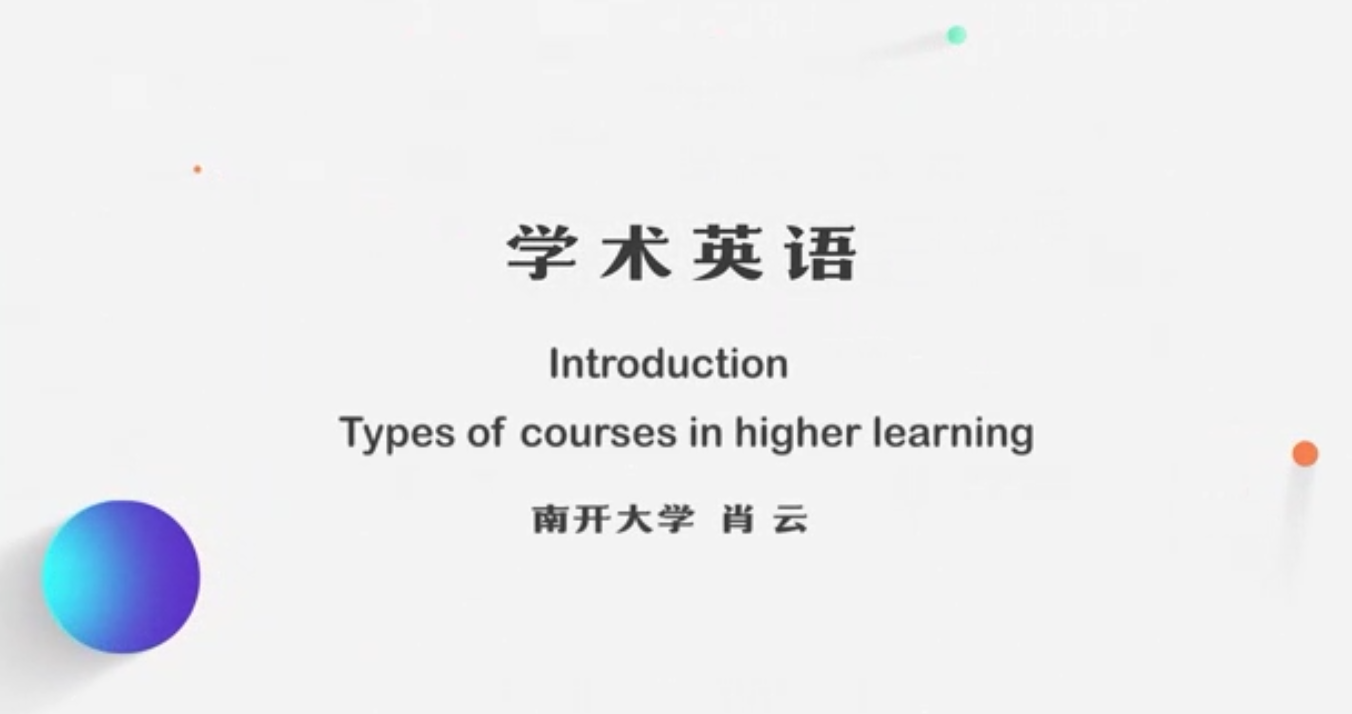第七章测试1.Planning and predicting are two very important strategies in academic listening.
A:对 B:错
答案:A
2.When taking notes, your handwriting should be clear and beautiful.
A:错 B:对 3.In what ways can a lecturer emphasize a key point?
A:by repeating the point B:by paraphrasing C: by stressing some words or phrases D:by giving examples 4.There is no need to listen carefully to the conclusion of a lecture, because there seldom is any new information added in it.
A:错 B:对 5.Listeners should take as many notes as possible for the introduction of the lecture, because it usually contains very important information.
A:对 B:错 1.What determines whether evidence is good or bad? ( )
A:The length of the essay. B:The academic discipline the essay is for. C:The writer's writing style. D:The writer's personal opinion. 2.Which of the following is NOT a tip for identifying credible sources in academic writing? ( )
A:Always trust information you find on the World Wide Web, regardless of the domain name. B:Use scholarly/academic sources instead of non-scholarly or popular sources. C:Pay attention to who wrote the information and why and how they wrote it. D:Consider primary sources to be more reliable than secondary sources. 3.The 3Q3R method is a systematic approach for background reading.( )
A:错 B:对 4.What are the three main elements of effective note-taking? ( )
A:Creating mind maps, using the Cornell note-taking system, and summarizing information. B:Recognizing the main ideas, reducing the information to note and diagram format, and recording the source of the information. C:Highlighting key points, annotating in the margin, and recording personal thoughts. D:Taking visual notes, using bullet points, and asking questions. 5.Referencing is important in academic writing because it discourages plagiarism and gives credit to scholars for their contributions to the growth of knowledge. ( )
A:对 B:错 6.A reference list may include sources that were consulted but not directly cited. ( )
A:错 B:对 7.What should you do before starting to paraphrase a passage? ( )
A:Write down the original passage word for word. B:Check a dictionary for unfamiliar words. C:Change the order of the ideas in the original passage. D:Look up each word individually in a thesaurus. 8.How can you ensure that you have understood the ideas in a passage when paraphrasing? ( )
A:Use more than three words in a row from the original. B:Change the sentence structure of the original passage. C:Look at the original passage as you write your paraphrase. D:Write your paraphrase without looking at the original passage. 9.Which of the following is NOT a technique for paraphrasing? ( )
A:Changing the words and word order. B:Adding new information to the original passage. C:Preserving technical terms that don't have appropriate synonyms. D:Leaving out unnecessary words and information. 10.Lack of experience of the academic context can lead to accidental plagiarism. ( )
A:对 B:错
温馨提示支付 ¥3.00 元后可查看付费内容,请先翻页预览!
